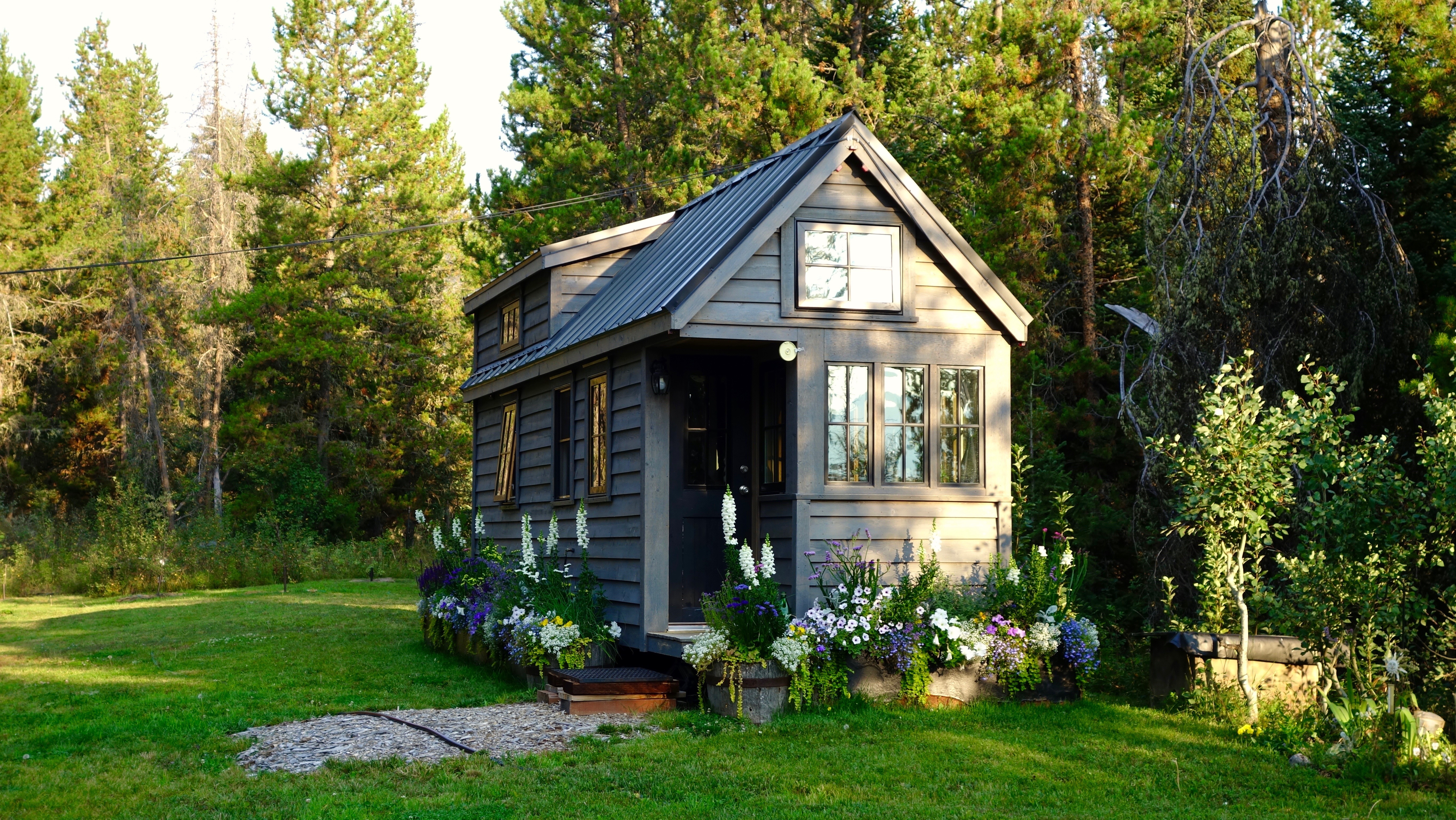Decoding the Tiny Home Movement: A Novel Investment Opportunity in Real Estate
The real estate market is continuously evolving, with new trends and investment opportunities emerging frequently. One such trend that has gained significant traction in recent years is the tiny home movement. Let's delve into this fascinating concept and explore its viability as a real estate investment.

The Emergence of Tiny Homes
The tiny home movement is a social and architectural trend advocating living simply in small homes. This concept came into prominence in the early 2000s, with the escalating housing market and the growing desire for a minimalist lifestyle. Today, tiny homes are not just a solution for affordable housing but also a novel investment opportunity in the real estate market.
The Current Market Scenario
In recent years, the tiny home market has shown a remarkable growth trajectory. According to a report by Mordor Intelligence, the global tiny homes market is projected to grow at a CAGR of 7% between 2020 and 2025. This surge is driven by factors such as the increasing cost of living, growing environmental concerns, and the desire for a debt-free lifestyle.
The Investment Perspective
Investing in tiny homes presents several potential benefits. Firstly, the initial investment is relatively low compared to traditional properties, making it accessible to more investors. Secondly, the demand for tiny homes is on the rise, especially among millennials and retirees, offering a steady rental income. However, like any investment, it comes with its challenges. These include zoning laws, financing difficulties, and a limited buyer pool.
Impact on Buyers and Sellers
For buyers, tiny homes are an affordable entry point into homeownership. They also offer the flexibility to move locations easily. For sellers or investors, tiny homes provide a unique selling proposition and the ability to tap into a niche market. However, it’s essential to understand the specific demands and preferences of tiny home buyers to maximize returns.
Conclusion
The tiny home movement represents a shift in societal values towards minimalism and sustainability. As a real estate investment, it offers potential rewards but also poses unique challenges. As with any investment, thorough research and understanding of the market are crucial to success.
In conclusion, the tiny home movement is not just a fad but a reflection of changing consumer preferences and lifestyle choices. For forward-thinking investors, it can be an exciting and profitable venture in the dynamic real estate landscape.




